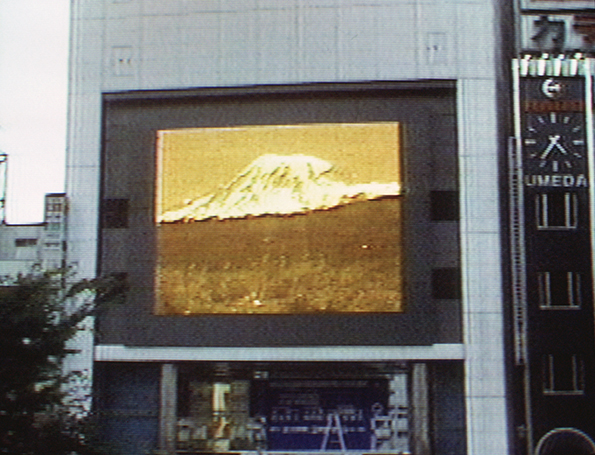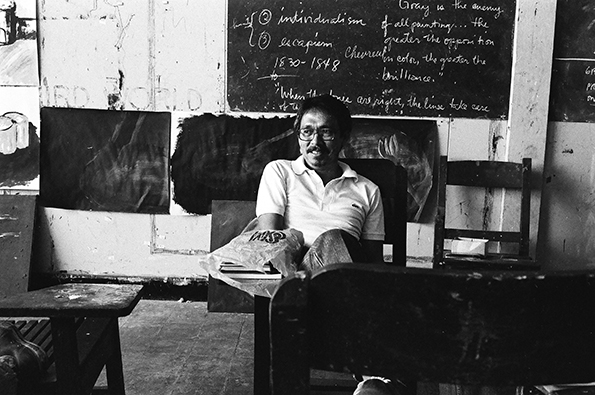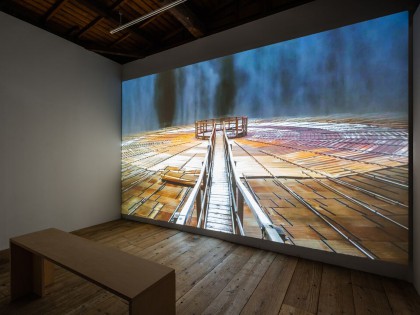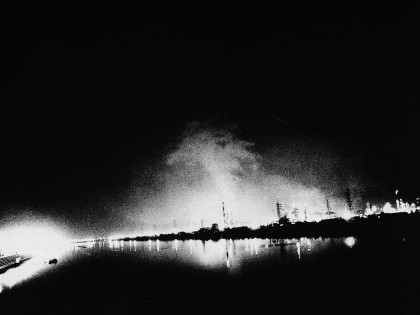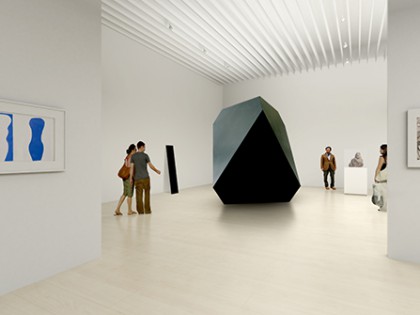Mock-up image of “Simple Forms: Contemplating Beauty” installation. Courtesy of Mori Art Museum.
“the city without culture is, quite frankly, redundant”
During the recent press conference to mark the reopening, Mori Art Museum Director Fumio Nanjo alongside his team of curators and design team talked through the challenges and improvements made to both museum and programs, which Nanjo sees as contributing “to the development of contemporary art though artwork production support, exhibitions, collection of Asian contemporary art, and cooperative relationships with galleries, art fairs and professionals in the the world of art.”
The motto “Art + Life” emphatically describes how the museum foresees its role as a important lynchpin to the cultural development in the city. The Observation Deck on the 52nd floor, the gallery opening until 10pm, Roppongi Art Night and supervising public art around Tokyo no doubt pay dividends to the idea of merging art, life and style with the hope of injecting Tokyo with a renewed sense of purpose and prosperity. To paraphrase Mori himself, “the city without culture is, quite frankly, redundant”.
Fumio Nanjo (Director) and?Reiko Tsubaki?(Associate Curator)?speak during the press conference and introduction of “Simple Forms”
The new Sky Gallery
Having attracting over 13 million visitors, the museum was in need of some special care and attention. Exhibition designer Naotake Maeda went on to explain how this renovation has seen LED lighting improve the colour temperature and a new floor installed, now closer to the colour of porcelain white. Internal partitions have been rebuilt from scratch and the strengthened ceiling now supports a moveable wall system while anchoring larger work and equipment when necessary.
A screening room, project rooms, research spaces, the Sky Gallery connected with the Observation deck on the 52nd floor and a renewed cafe/restaurant further extend the relationship between the public and art exhibits.
The Sky Gallery will host a series of shorter exhibitions. “Star Wars Visions” (April 29?June 28) is curated by George Lucas, and features artwork and film memorabilia. “Foster + Partners” (January 1?February 14, 2016) will showcase the career of British architect Sir Norman Foster whose London based practise has been responsible for an array of landmarks, from London’s Gerkin to Berlin’s Reichstag building.
Simple Forms,?Dinh Q. Lê and?Murakami Takashi’s “The 500 Arhats”
However, one of the main features of the reopening is suite of exhibitions that will welcome in a new phase. The first show, “Simple Forms: Contemplating Beauty” (April 25?July 5), is a collaboration between the Palais de Tokyo, Mori Museum, Centre Pompidou-Metz and Foundation D’Enterprise Hermès. Science and Mathematics are starting points that explore form and nature through 130 archaeological finds and artworks by the likes of Olafur Eliasson, Anthony McCall, Nishikawa Katsuhito and Okazaki Kazuo.
“Dinh Q. Lê: Memory for Tomorrow” (July 25?October 25) is the first solo exhibition in Japan by the Vietnamese artist that documents a country still overshadowed by the Vietnam War. The war’s lingering presence in his work highlights the narrative difference between official and unofficial stories that recall the war through woven photography and installation pieces like Helicopters. Their significant and meaning underline his reading of post war recovery, and echo similar struggles of neighbouring countries throughout Asia.
“Murakami Takashi: The 500 Arhats” (October 31?March 6, 2016) follows on with a massive project that marks his first solo exhibition in Japan in 14 years. A 3 metre high, 100 meter long painting is Murakami’s response to the 2011 Great East Japan Earthquake and Tsunami and shows a new artistic interest in belief systems that transcend turmoil while addressing the role of art amidst crisis.
Anthony McCall, Line Describing a Cone 1973. Installation view: Musée de Rochechouart, 2007. Photo: Freddy Le Saux *referential image
Dinh Q. Lê, The Farmer and the Helicopters 2006. 3-channel color video with sound, handcrafted full-size helicopter. Collaborating Artists: Hai Quoc Tran, Le Van Danh, Phu-Nam Thuc Ha, Tuan Andrew Nguyen. Commissioned by Queensland Gallery of Modern Art, Australia. Installation view: “Reflection:The Through Art” DOJIMA RIVER BIENNALE 2009, Osaka. Photo: Fukunaga Kazuo.
Takashi Murakmi, The 500 Arhats 2012. Acrylic on canvas mounted on board. 302 x 10,000 cm. Private collection. Installation view: “Murakami – Ego,” Al Riwaq Exhibition Hall, Doha, 2012. Photo: GION. ©2012 Takashi Murakami/Kaikai Kiki Co., Ltd. All Rights Reserved.
Focusing on contemporary art throughout Asia
At the heart of the museum’s redevelopment are three specific strands of artistic focus that chief curator Mami Kataoka explained pursued the wish to educate and explore the wider social spaces that emerge from the main exhibitions themselves. ‘MAM Collection’ and ‘MAM Research’ will focus on Contemporary Asian Art whereas ‘MAM Screen’ will revive a once temporary feature, now a permanent stand alone video-screening program.
Mori Art Museum began with no real collection of its own yet since May 2015 it now has a collection of 400 works and this will increase. ‘MAM Collection’ will function as a gallery in its own right. “Two Asian Maps ? Ozawa Tsuyoshi + Shitamachi Motoyuki” (MAM Collection 001, April 25?July 5) will showcase two young Japanese artists whose work has been shaped in Asia since the late 1980’s. “Existence and Space ? Suh Do Ho + Po Po” (MAM Collection 002, July 25?October 12) sees Do Ho from Korea and Po Po from Myanmar explore conflict and identity from the perspective of their own homeland.
MAM Collection ? Ozawa Tsuyoshi,?Jizoing: Haneda Airport [Tokyo].?1988.?Lambda print.?18.2 x 15.3 cm.?Collection: Mori Art Museum, Tokyo
‘MAM Screen’ will function as a social space and screening room, focusing on time-based media with screenings of film work by Bill Viola (MAM Screen 001, April 25?July 5) and Gordon Matta-Clark (MAM Screen 002, July 25?October 12)
‘MAM Research’ is a brand new element, working closely with institutions and academic bodies that follow the social and historical context of Asian art through curation, archives, research institutions, and scholars at home and abroad.
“Great Crescent, Art and Agitation in the 1960s ? Japan, South Korea, Taiwan” (MAM Research 001, April 25?July 5) is a reworked version of an exhibition held in 2013 at the alternative Hong Kong space, Para-Site. “Who Was Roberto Chabet? ? Along with the Development of Contemporary Art in the Philippines” (MAM Research 002, July 25?October 12) explores the largely unknown Chabert, a leading figure of Filipino art and founder of the Cultural Centre of the Philippines and artist run space ‘Shop6’ who died in 2013.
MAM Screen ??Bill Viola, Ancient of Days, 1979-1981.Videotape, color, stereo sound. 12 min. 21sec. Courtesy: Electronic Arts Intermix (EAI) Photo: Kira Perov
MAM Research ? Robert Chabet, at the University of the Philippines College of Fine Arts, 1983. Photo: Soler Santos
The shifting sand of contemporary art and culture
With this focus on detail and the reasons for how and why the shifting sand of contemporary art and culture exists in the way they do, the museum clearly understands that its commitment goes beyond simply playing host to big events. Programs that encourage the public to look further further support the idea that much of what will be seen here is in fact already embedded in the fabric of daily life wherever that may be. Initiatives such as MAM Collection, Screen and Research are there to draw out these aspects and ideas and make them more than apparent.
With large scale art museums due to open in Singapore and Hong Kong between now and 2018, the museum understandably needs to position itself in response to these upcoming institutions and retaining the enthusiasm it promises by supporting lesser known work by artists from other countries. In the shadow of expectation with the Olympics just 5 years away, Mori Art Museum can expect a whole new set of visitors that expect the unexpected. As from April 25th this new phase will see the museum step up to that challenges that lay ahead.
Mori Art Museum reopens to the public on Saturday April 25th, 2015.
Text by Stuart Munro


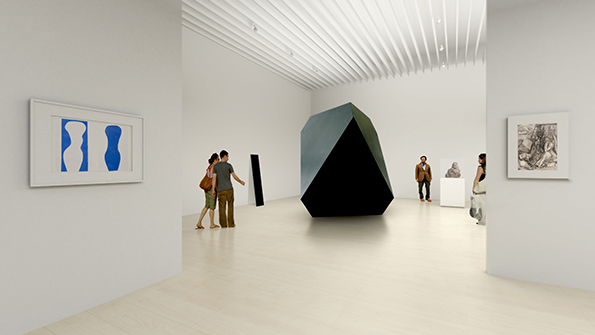

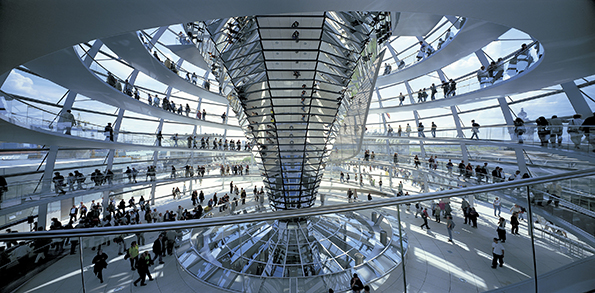

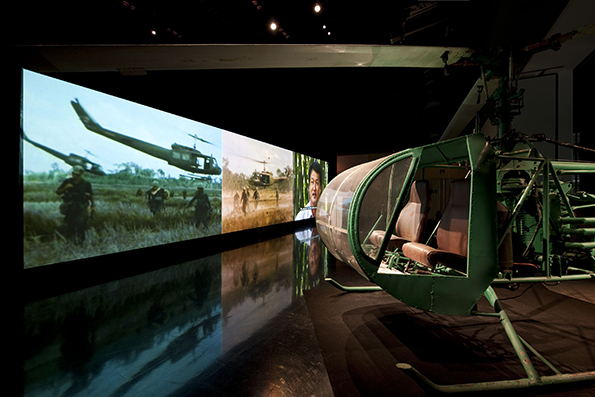
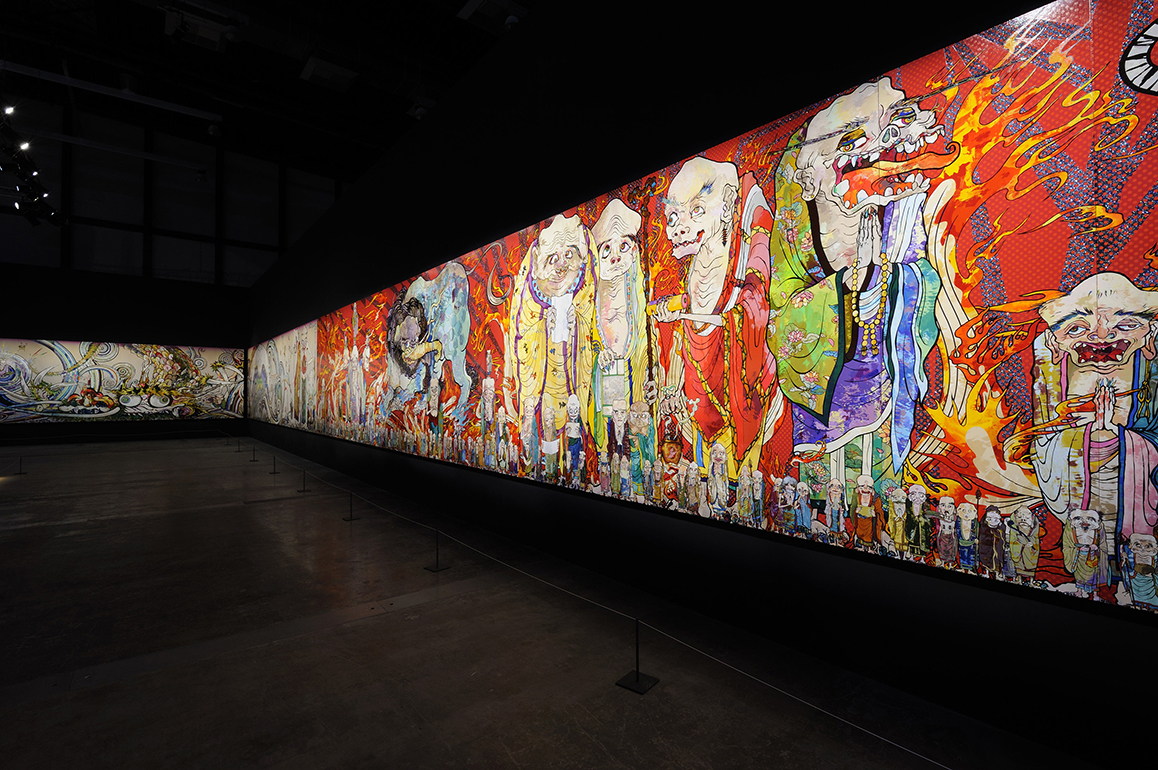
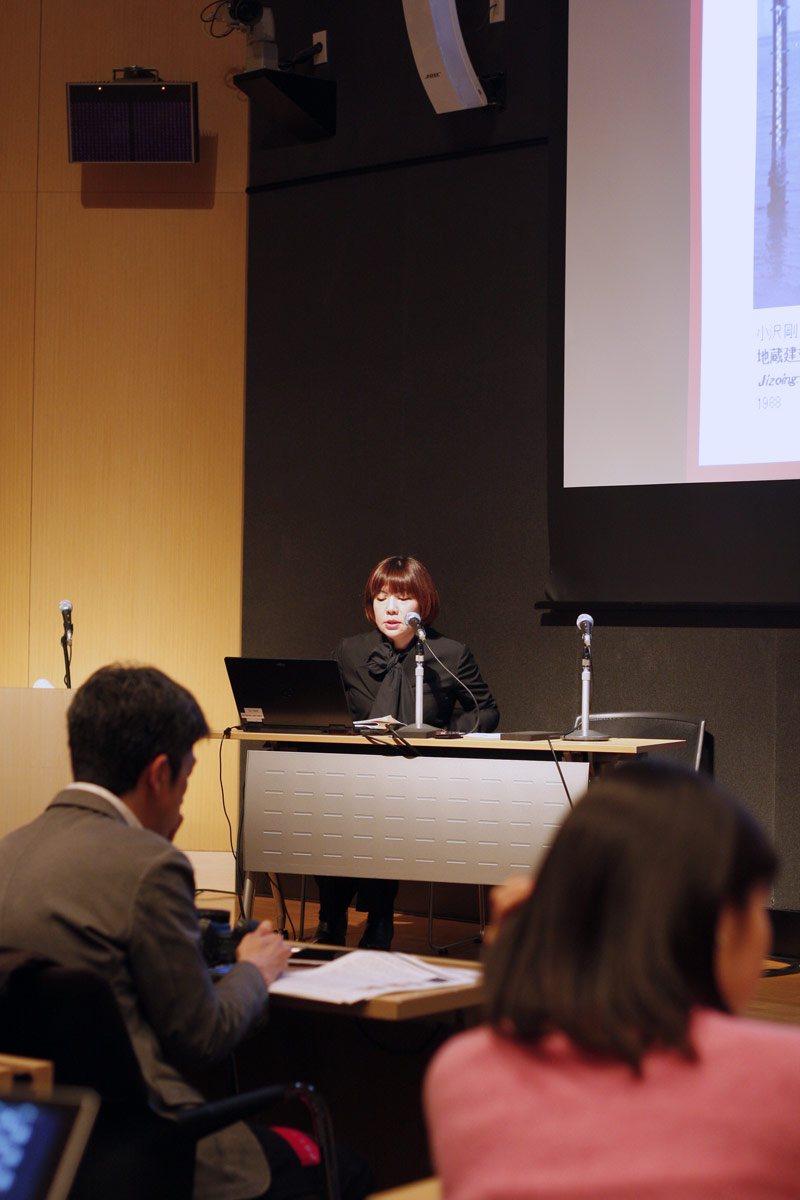
![Ozawa Tsuyoshi, Jizoing: Haneda Airport [Tokyo]
1988. Lambda print. 18.2 x 15.3 cm. Collection: Mori Art Museum, Tokyo](http://azito-art.com/wp-content/uploads/2015/04/221_S.jpg)
